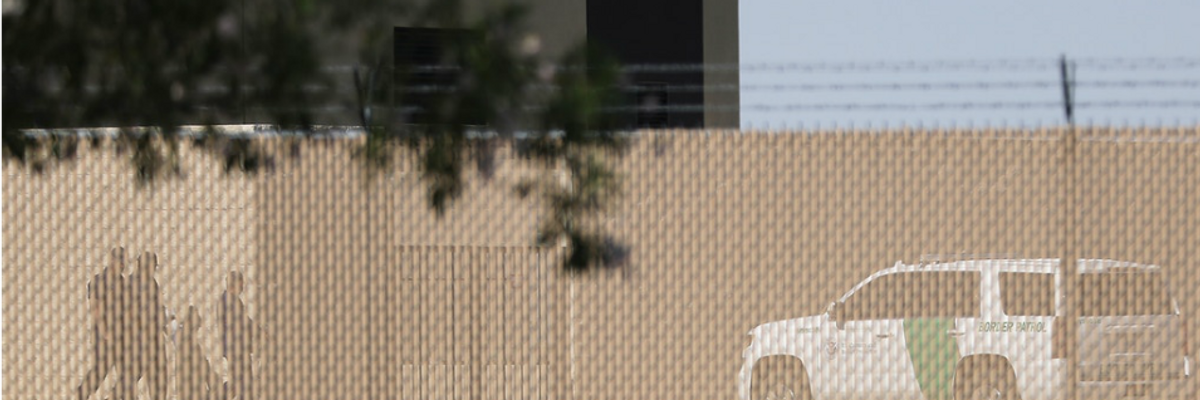"Yes, we do have concentration camps," began the stinging critique of the Trump administration's immigration detention facilities. It was written earlier this week by the editorial board of the Salt Lake Tribune, in the reliably conservative state of Utah.
Andrea Pitzer, author of the definitive book on the global history of concentration camps, agrees. So do people who were once forced to live in another era's concentration camps.
But amid the debate about what to call immigration detention facilities, few people have disputed the truly terrible conditions that exist within them. Migrants have long reported awful experiences in immigration custody, but in recent months, an increase in the number of people, especially families and children, crossing the border and being detained has led to severe overcrowding.
Dr. Dolly Lucio Sevier was granted access to a Border Patrol facility in McAllen, Texas, and wrote in her report about it that "the conditions within which they are held could be compared to torture facilities." They "felt worse than jail." The kids she examined were forced to endure "extreme cold temperatures, lights on 24 hours a day, no adequate access to medical care, basic sanitation, water, or adequate food."
Over the past year, seven children have died in U.S. immigration custody or shortly after being released. These deaths occurred after 10 years during which not a single child died. Elora Mukherjee, director of the Immigrants' Rights Clinic at Columbia Law School, told The Atlantic that the stench in some detention facilities is so horrible that it was hard for her to even have a focused conversation with the children. Babies didn't have diapers. Young kids were forced to care for infants who they didn't even know. Clothes were covered in snot and excrement. Baby bottles were used without being properly cleaned and sterilized. All of these conditions have created environments where sicknesses and diseases spread like wildfire. In one facility, lice spread from child to child, and when the children were forced to share "lice combs," and one somehow got lost, dozens of kids were punished by having their bedding removed. They had to sleep on the cold concrete floor.
This is why we say that cruelty is the point. It's not an accident. These systems are cruel by design. The idea is to make it miserable to deter people from coming to the U.S. These detention centers are reckless and dangerous.
Read the full article at The Intercept.

